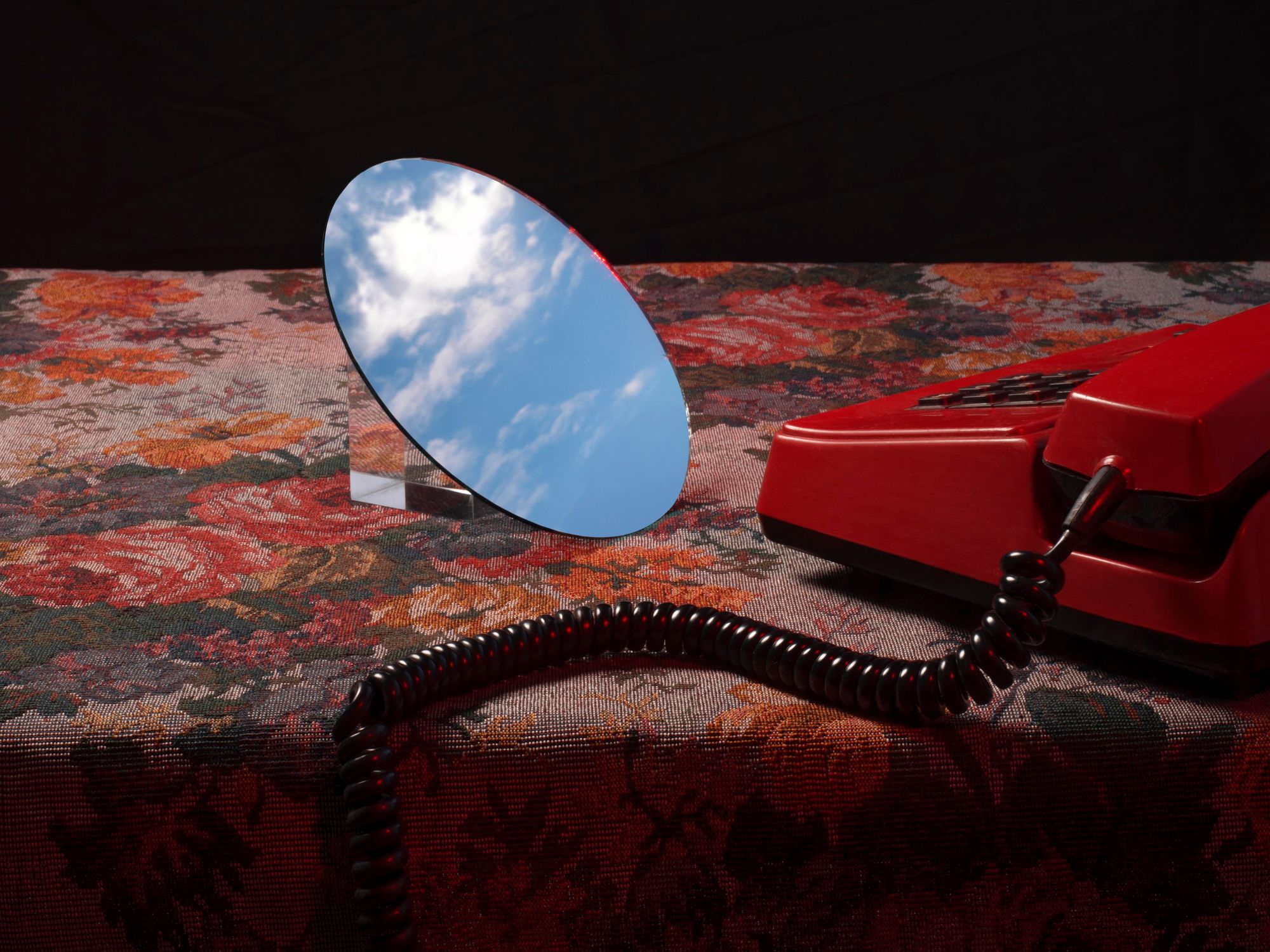Zane Priede is an art director, photographer, and set designer based in Riga, Latvia. She studied at the Design Academy Eindhoven and has won several awards in the last few years. In her work, she experiments with unexpected combinations of materials, discovers nuances of light, and searches for new ways to create a unique atmosphere. We asked Zane about her path to design and photography, commercial and personal work, daily routine, inspiration, and future plans.

What drew you to design and photography?
I have always been driven towards visual things, so it’s difficult to trace a specific moment or clear inspiration that brought me here. As a child, I dreamed of becoming a fashion designer and used to draw and design silhouettes with my best friend. Later, my interest switched to architecture, but it scared me away since I was not brilliant enough in math and physics. I scaled it down to interior design and scenography, but those areas also made me dream of something more flexible and tangible, where I could work with my hands and invent scenes on the spot. The world of set design was a perfect match for my visual cravings and temperament. While practicing it to create my portfolio, I discovered my love for photography as well, working with lights and deciding on the final look.
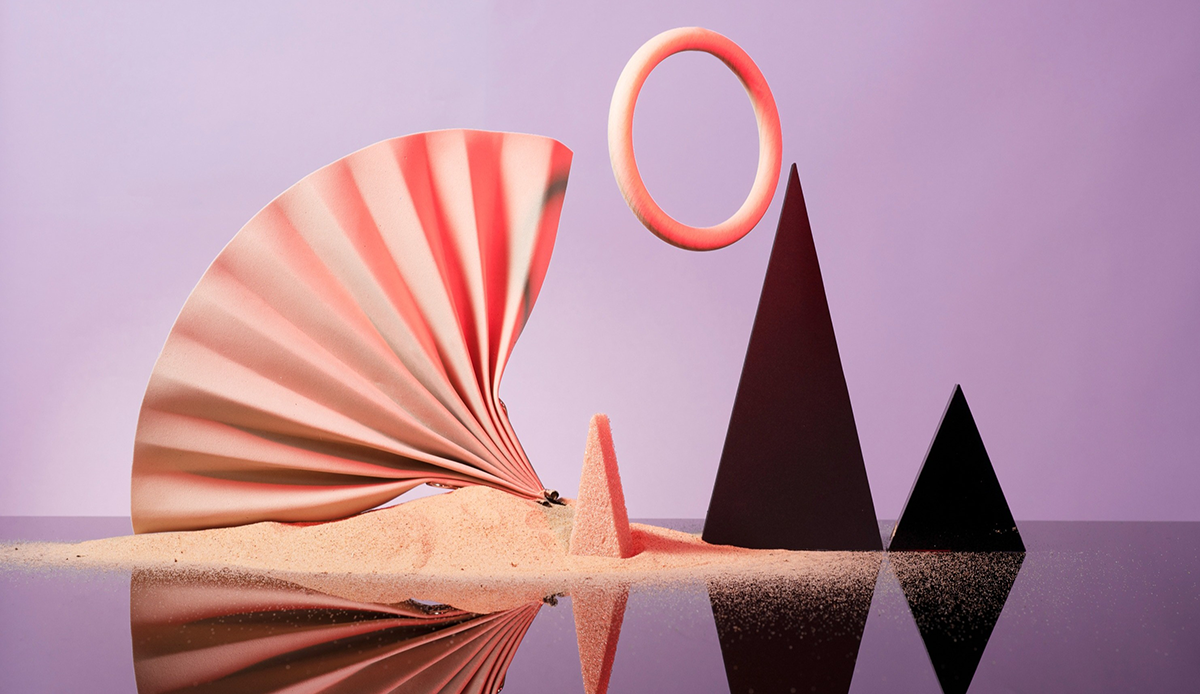
You studied at the Design Academy Eindhoven, in the Netherlands. The Dutch have a characteristic still life tradition, not only in painting but also in photography. How did your education in the Netherlands shape your thinking and visual style?
Design Academy really brought out things in me that I was never aware of. For example, I realized that it is very natural for me to create intuitively. I’m not the person who comes up with a concept and then makes it happen. I start intuitively with something visual that holds emotional value to me, something that triggers my senses, and there begins the creative process. Design Academy challenged the academic way of working, placing experimentation and playfulness at the center, which is also characteristic of Dutch design.

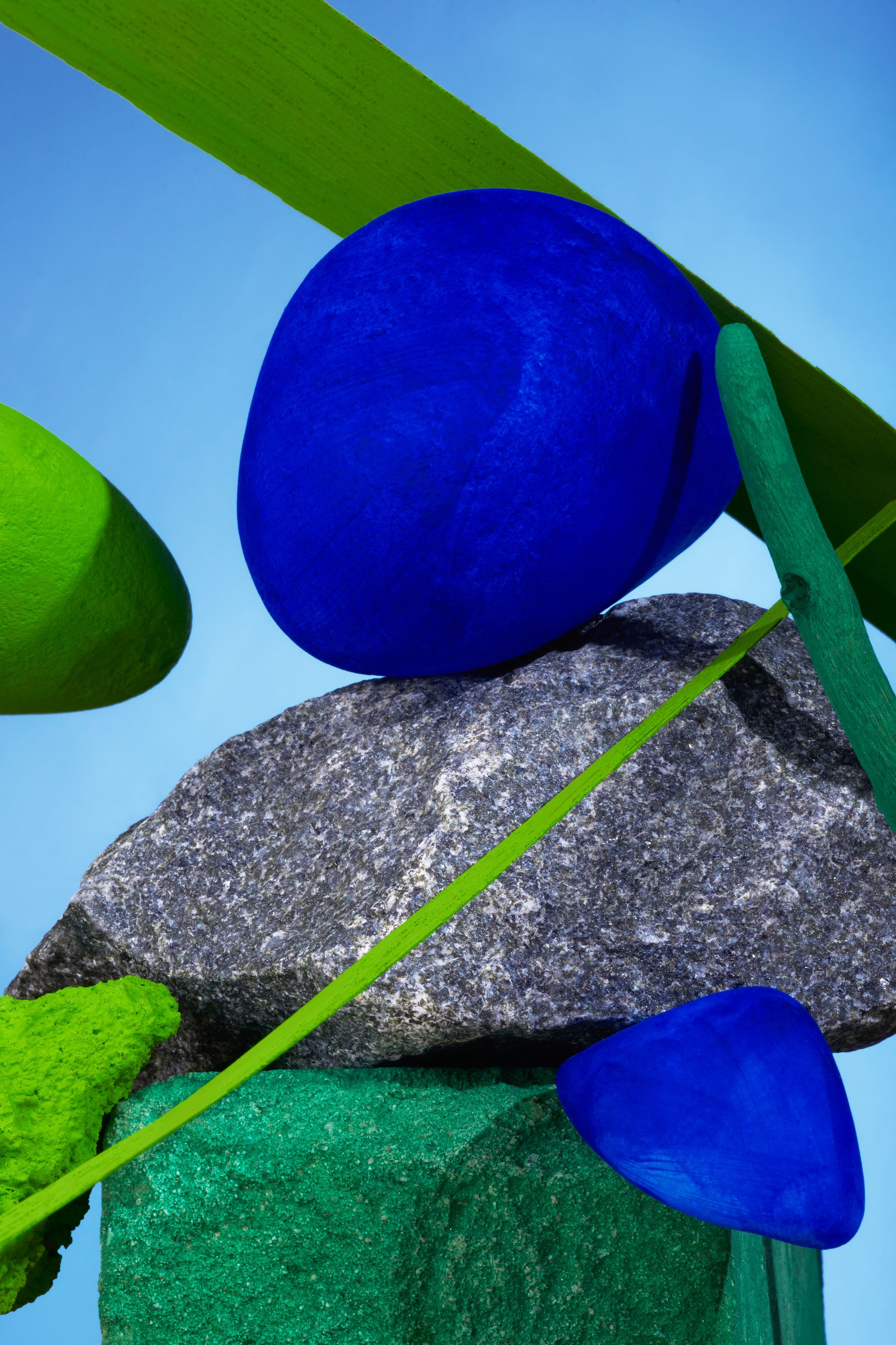
What does your day look like?
For the last 3 years, I have intentionally been waking up quite early, usually between 5:30 to 6:30 AM. My morning routine includes exercise, either a run or a quick workout at home, followed by a cold shower and breakfast. This little morning ritual usually sets the tone for the rest of my day. Then, I go to my studio and never miss a cup of coffee upon arrival, which is followed by reading a book. The rest of the day varies significantly. I might work on a commercial project, do prop shopping/building, edit images, communicate back and forth with my clients, handle some accounting tasks, and, in the best scenario, work on a personal project. Every day is completely different, and I love this rhythm.

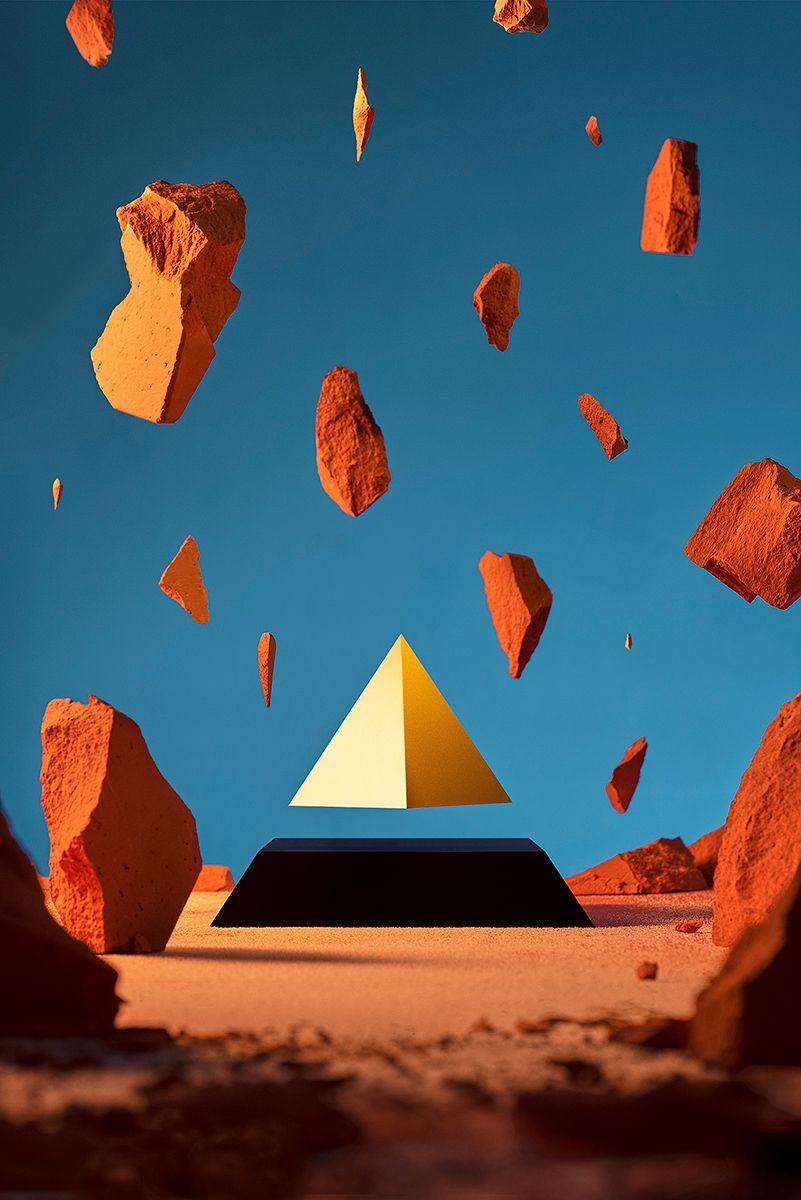
In your projects you work as a set designer, art director and photographer. What is the exact difference between each of these roles?
It’s always difficult for me to describe in one word what I’m doing, as I jump from one task to another. Art direction stands for the phase of coming up with concepts for brands, set design comes in when I’m actually designing and crafting a scene—working with materials, building, and searching for stuff, etc. And then, the photographer side of me comes into play, responsible for creating the right atmosphere using light setups and framing choices. Each of these positions is very often covered by separate individuals, so I sometimes work together with other photographers as a set designer. But I love each part of this process so much that I’m willing to do everything myself if the scale of the project allows it. And the scale of still life usually does.

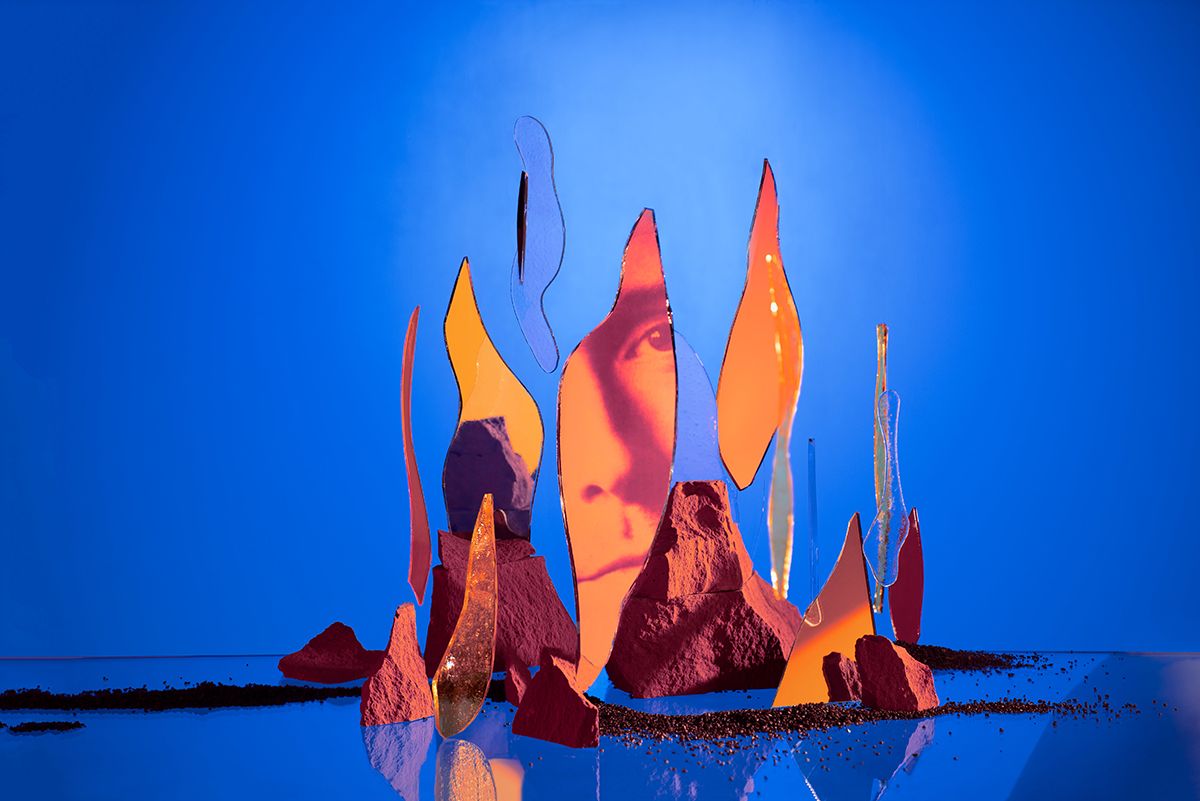
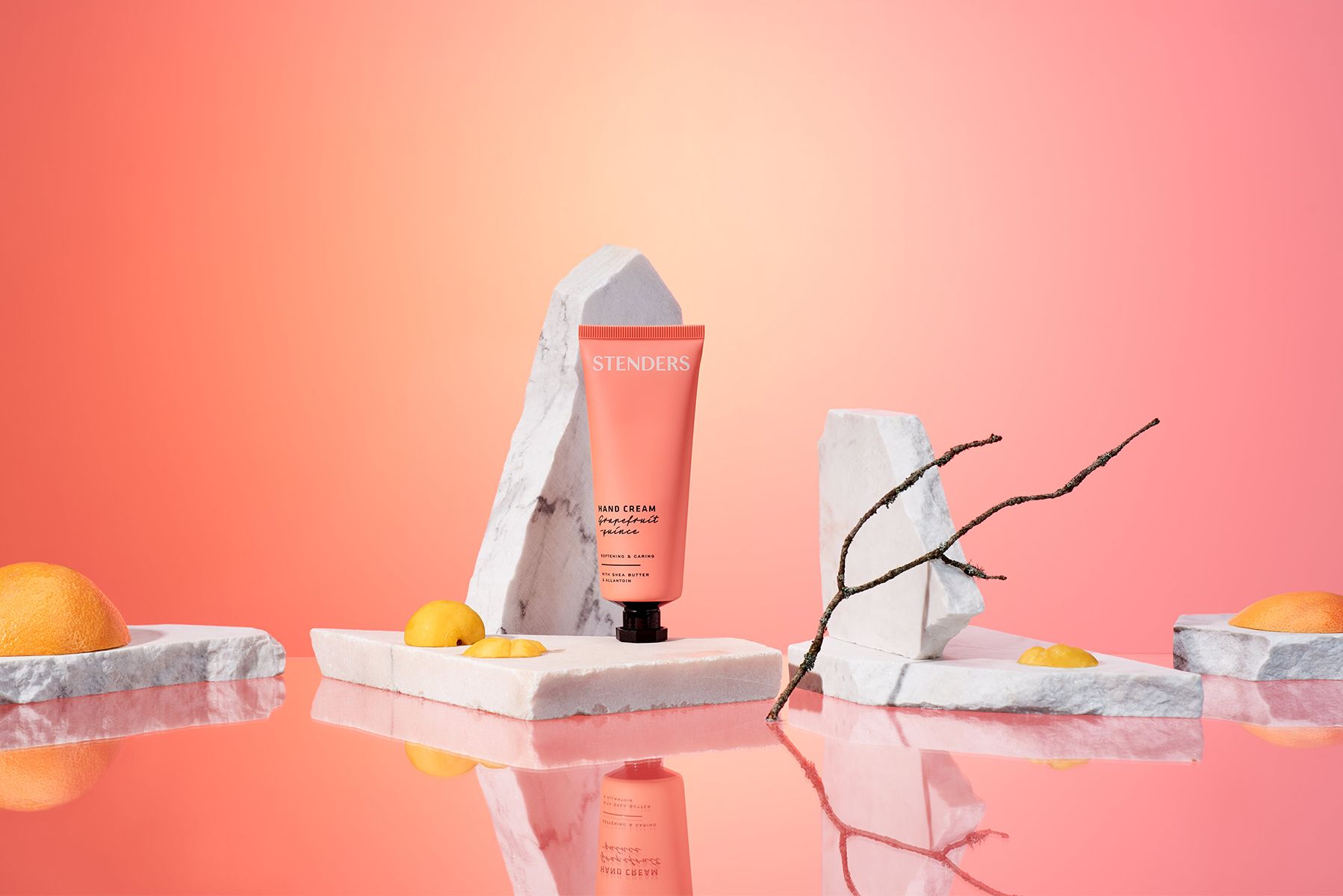
Advertising and fine art/still life photography have been intertwined in the work of many artists since the early twentieth century. How do these two fields influence each other in your work?
It somehow feels like both aspects evolve simultaneously. But I’ve noticed that my art projects have a bigger impact on my commercial works, where I am more innovative and flexible and can play around more freely. The discoveries from my art projects can then be applied to my commercial works, and clients often refer to my artworks as examples of their wishes.
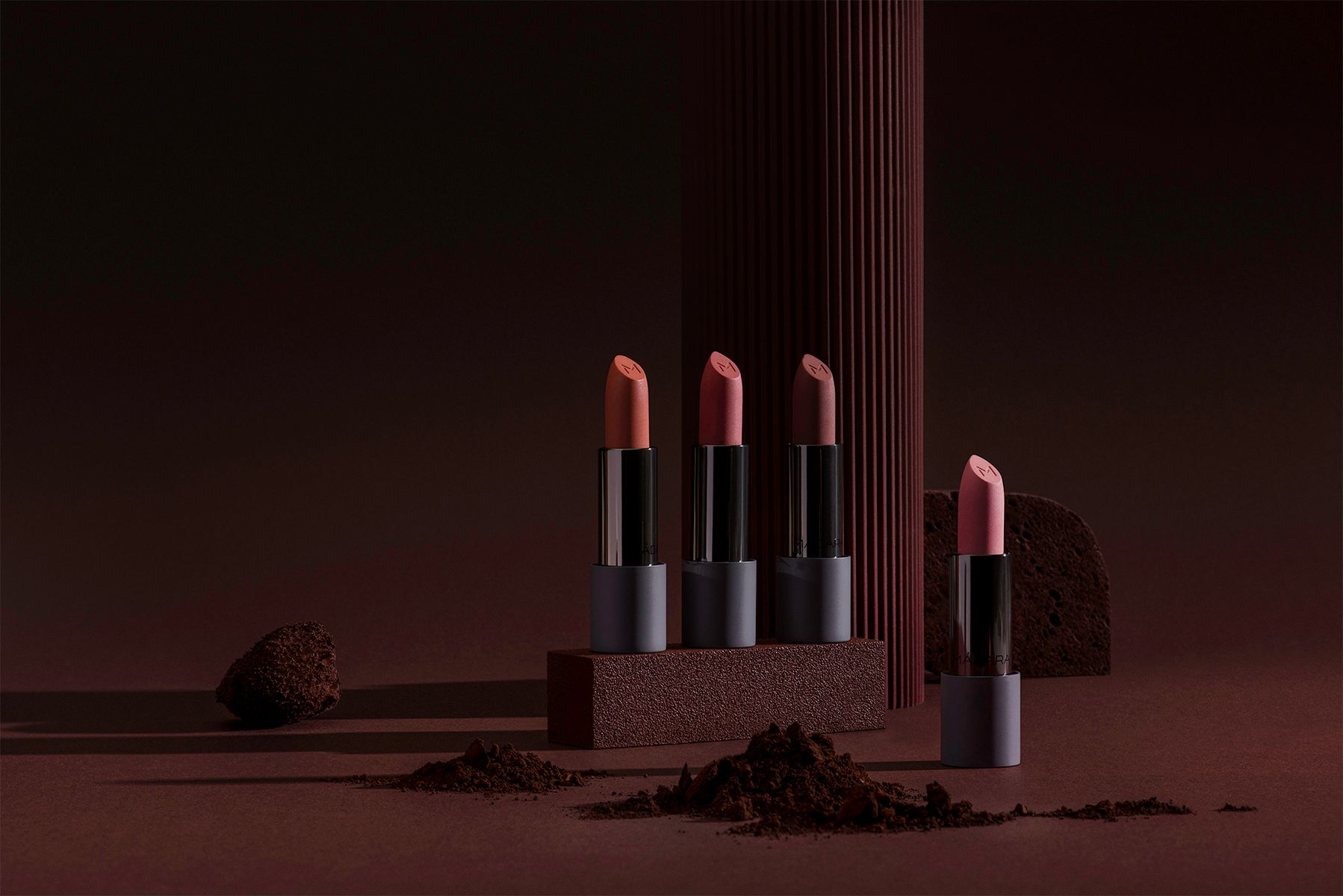

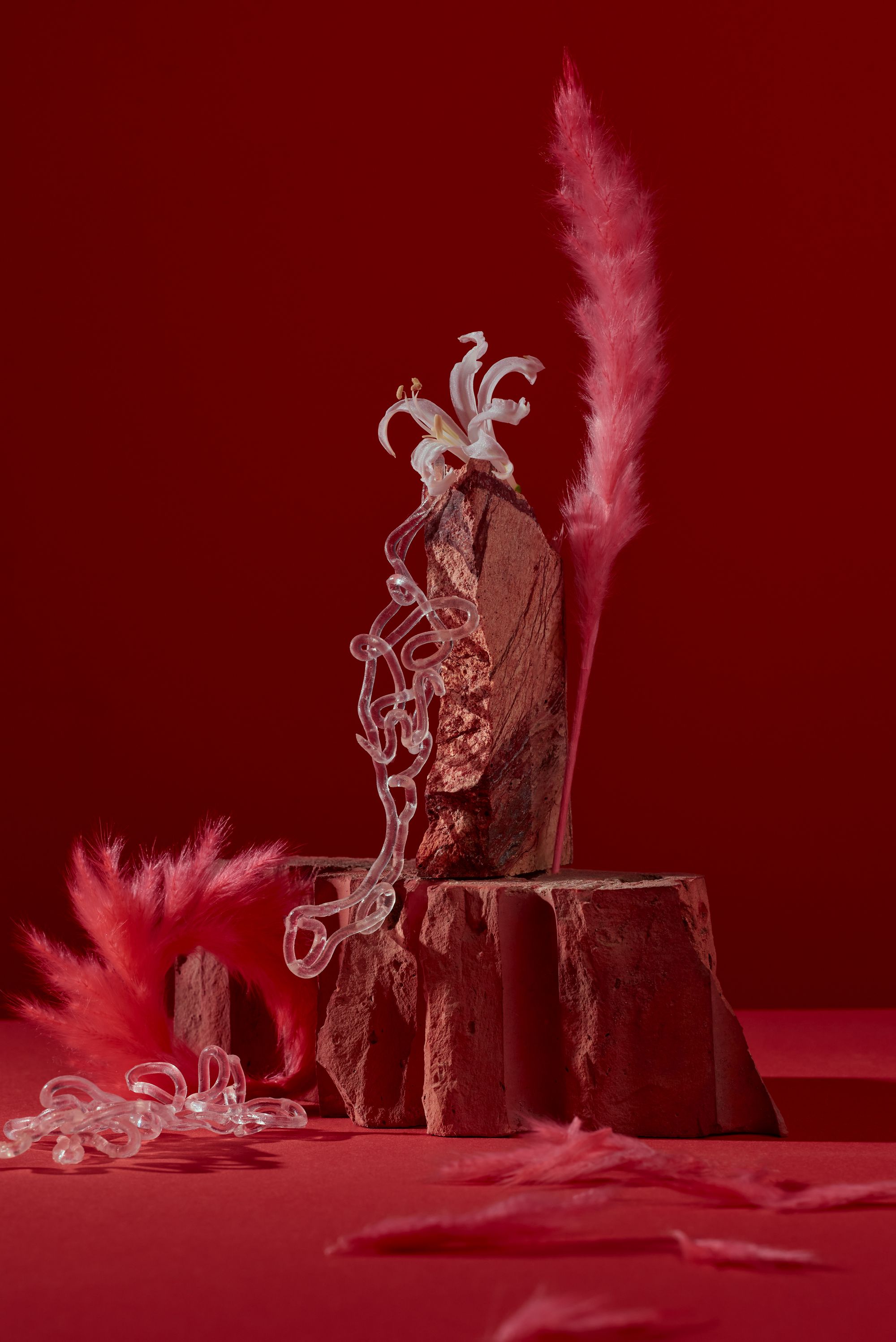
What inspires you? Other illustrators, nature, books, movies?
I’m truly inspired by other photographers, of course, finding motivation in their work process and striking results. It makes me want to run to the studio and create things (the same sensation I get when I look at paintings). But this inspiration is not necessarily for the kind of work I want to make. That inspiration comes from more subtle sources, like a mood in an image, a color combination, or a texture found on the street. These everyday triggers lead me into the visual realms I want to explore through my creations. Music is also a very inspirational source to me, as it really moves my senses and has a visual inner translation. I’ve noticed that when I’m at a concert that has an emotional impact on me if I close my eyes, it starts to become a visual experience. Not even an abstract journey, but real things start to pop up in my head, initiating a play with my imagination by creating visual metaphors.
You are based in Riga, Latvia. In terms of the creative industry, how are the opportunities there? Also, can you recommend some of your favorite places?
Riga is a place changing rapidly. When I returned here after the Netherlands, the overall vibe was different, and I did feel that there might be a struggle in creating works I like in the commercial world. However, the industry is changing for the better, with a lot of people from my generation returning from studies abroad and shaping this place in a fresh direction. My favorite place is my and my friend’s studio PER FORM, located in a new creative district on Vagonu Street. On the way to our studio, there is my favorite coffee shop, KALVE Coffee. Another really nice place is Sporta Pils dārzi, an urban garden project with a kiosk called PALETTE that serves really nice food and drinks. Also, I’d like to mention Splendid Palace—a cinema venue built in Neo-Rococo style, and Āgenskalna market—a recently restored marketplace originally built in the 20th century. Just to name a few.
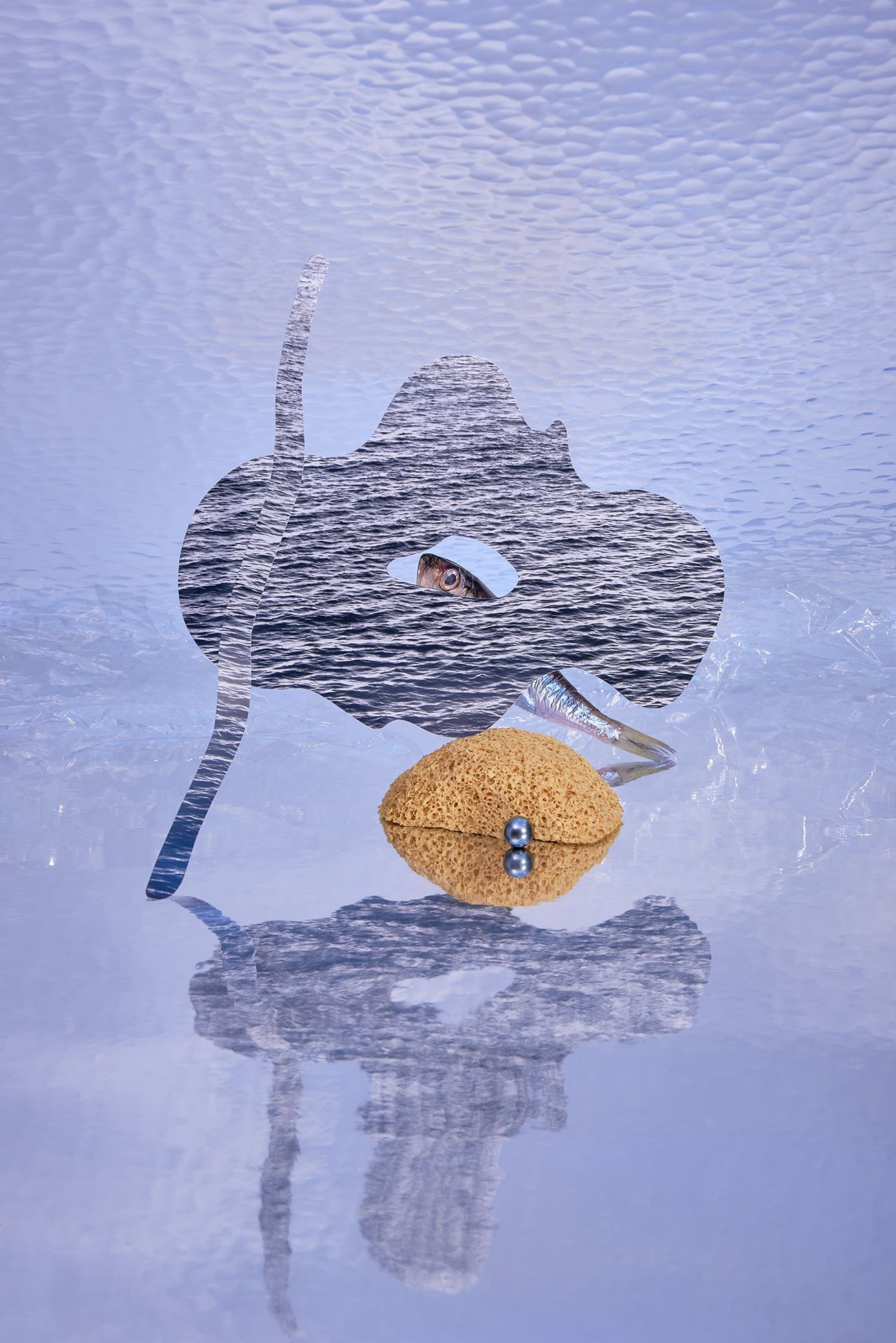
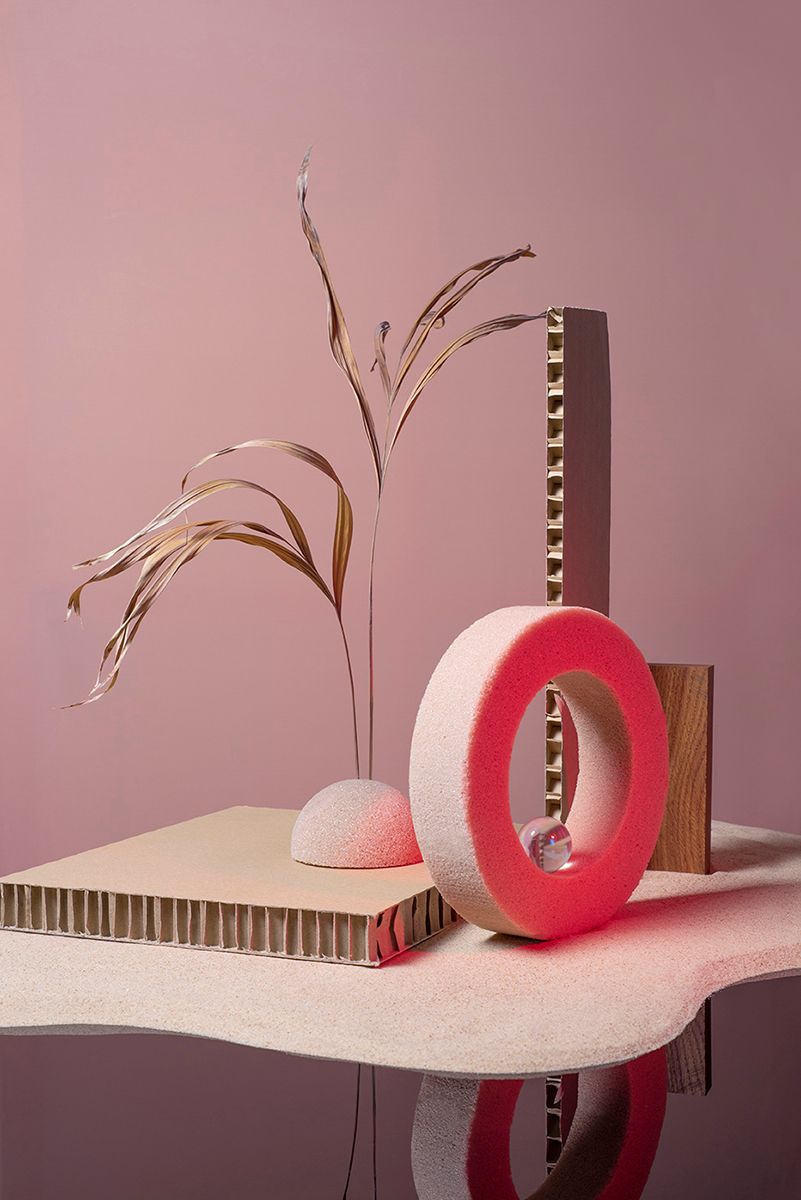
You were among the LensCulture 2022 Critics’ Choice Award winners, and you were also selected as a FUTURES Photography artist in 2023. What’s next, what is your dream for the future?
Another dream of mine is coming true in 2024: I will have my personal show at the ISSP gallery in Riga. There is an exciting period ahead of me, as I will be preparing for it and creating a new body of work and the space around it. But when I’m dreaming further on, I see myself somehow building bridges back to the Netherlands, as it has become a part of my creative and visual DNA after graduation. Whether through an exhibition, publication, or representation, the future will tell, but I feel the need to reconnect. Another place I’d love to connect with creatively is Japan. I’m so driven by this culture, the thinking, and aesthetics, which feel otherworldly to me, and I dream of finding a way to enter this world someday.
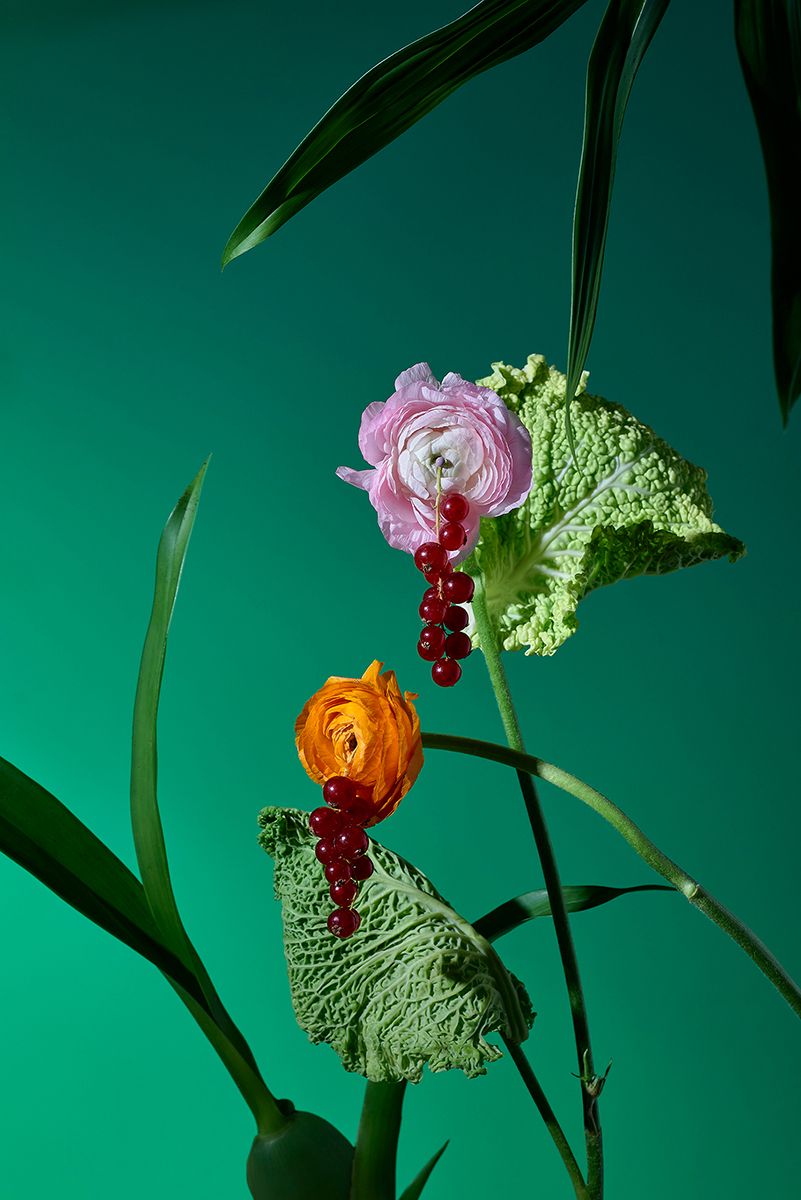

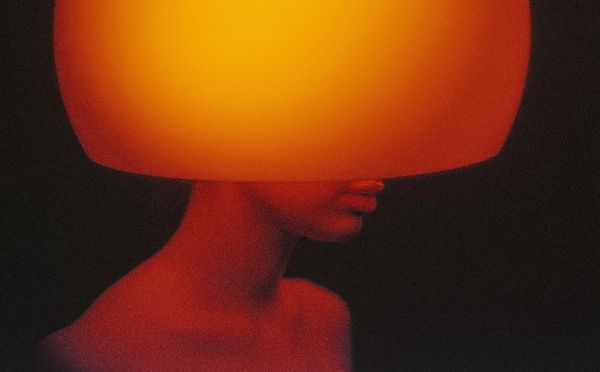
A private world in pictures to share | Łukasz Spychała
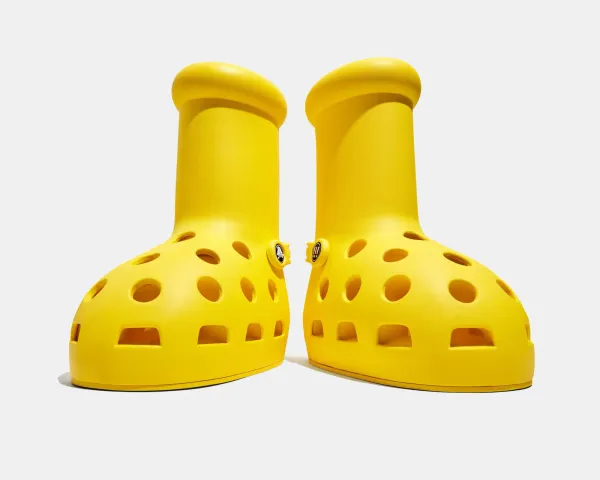
After the big red boots, here come the big yellow boots with holes | MSCHF x Crocs










